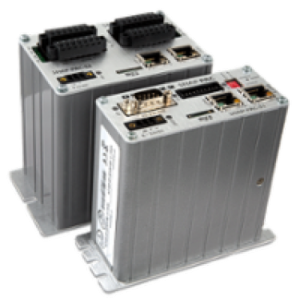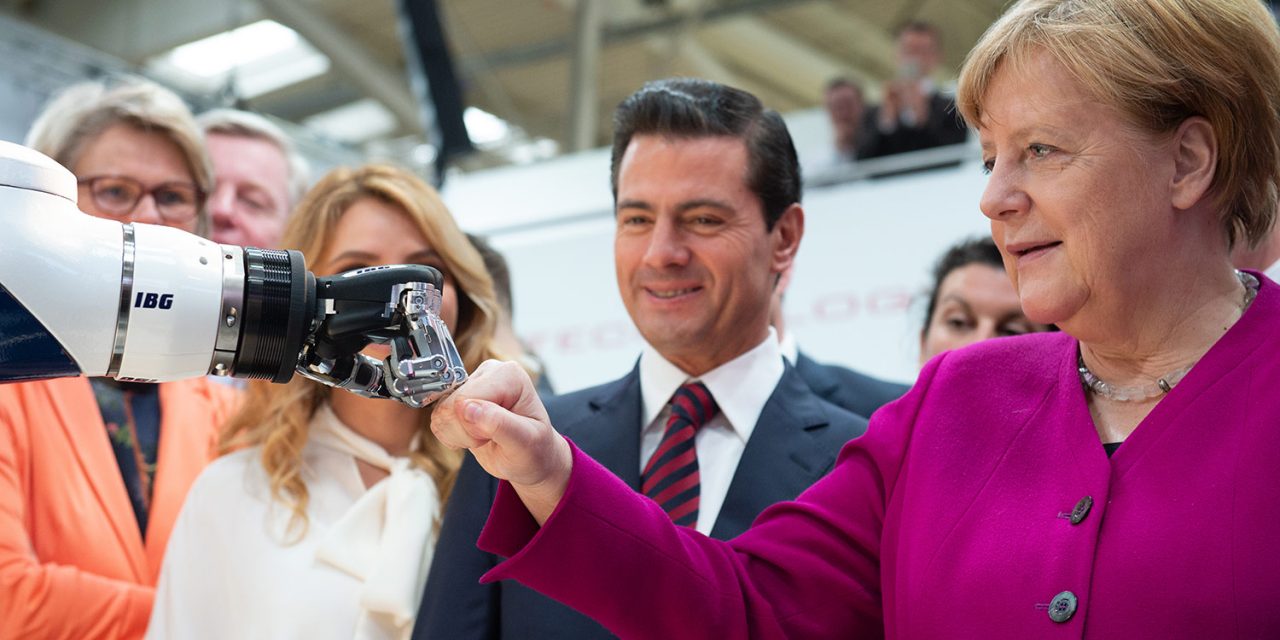“Integrated Industry, Connect and Collaborate” was the battle cry of this year’s Hannover Messe, attended by 210,000 visitors and some 5,000 exhibits.
The term Industrie 4.0 was first coined at the Hannover Messe in 2011. It seems appropriate that, seven years on, we should see many examples of real world use cases and market ready solutions for the digitalisation of manufacturing, and that people have been recognised as the centre of any implementation strategy. For size, diversity of industries, and buzz alone, the #HM2018 did not deceive.
Below are just a few of the subjects which were worthy of attention at the Messe and appeared to be receiving particular attention.
Edge Computing

It has become evident that industrial data generated at source may require attention at source for mission critical applications or where latency is important. Not all of the data is of value beyond the edge, so a rationalisation before sending data to the cloud can eliminate unnecessary network traffic and storage requirements. The autonomous car is a perfect example where edge computing is essential, while the cloud is also important as a repository for what is learnt as the car proceeds, useful to others.
Many suppliers are getting to the stage where their Edge Processing options are powerful enough for local processing and AI functionality. Most players envisage architectures where necessary processing can be done at the edge, on designated devices, while the cloud will be the main repository, for rationalised data and further analysis. Although some experts claim that the proliferation of edge devices increases the opportunity for security breaches with more entry points, others would argue that the Edge Computing paradigm is an opportunity to implement security for the connected devices. Whatever the market direction, the correct combination of Edge Computing and Cloud will be an implementation challenge.
[IMAGE from Opto22]

